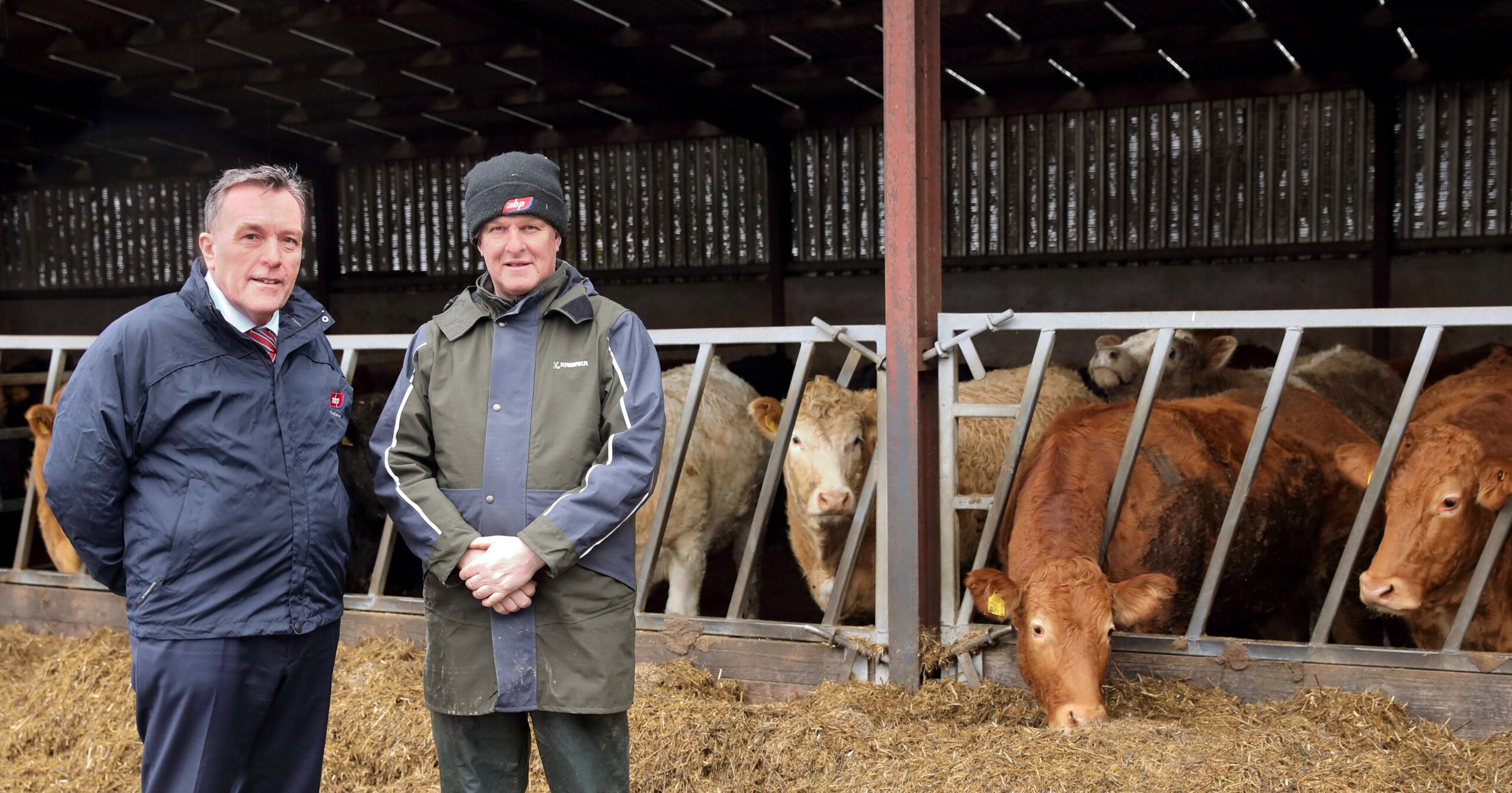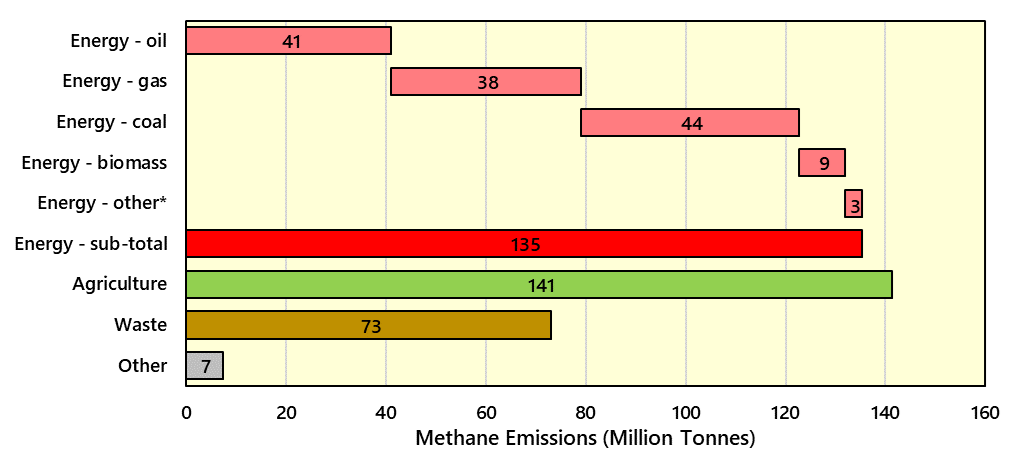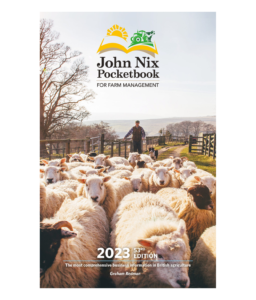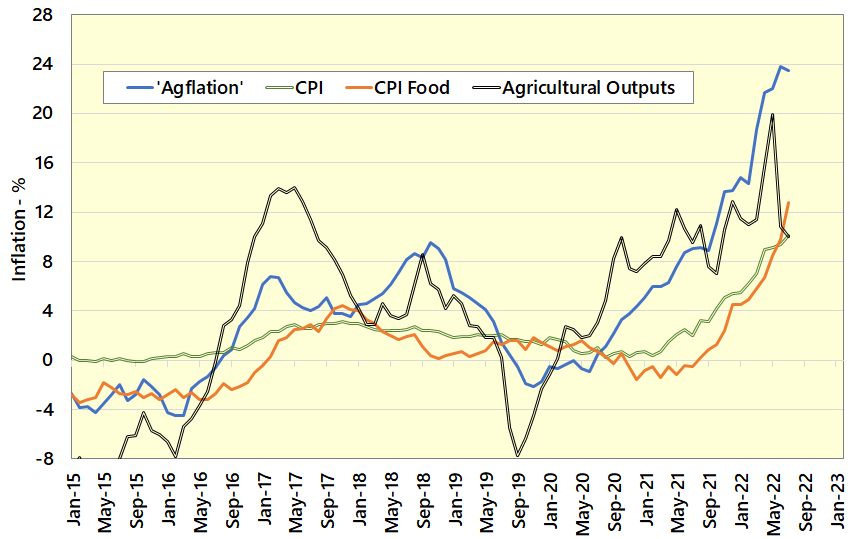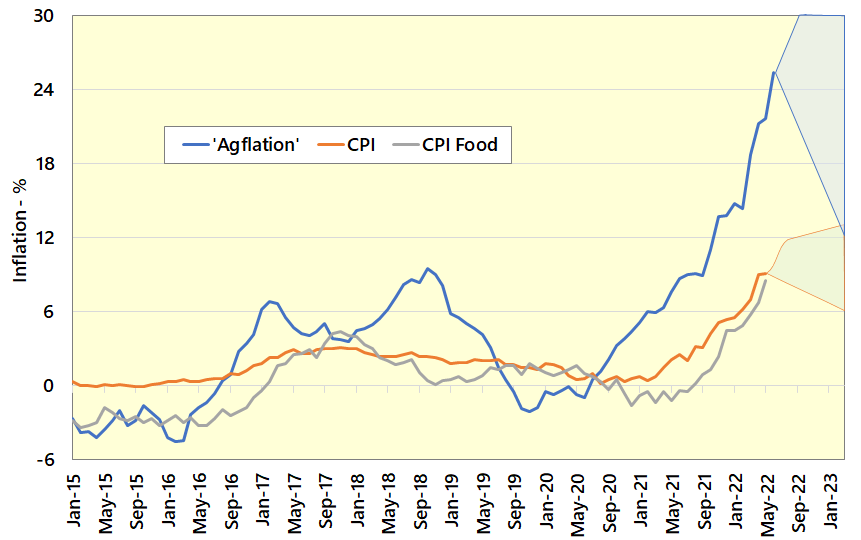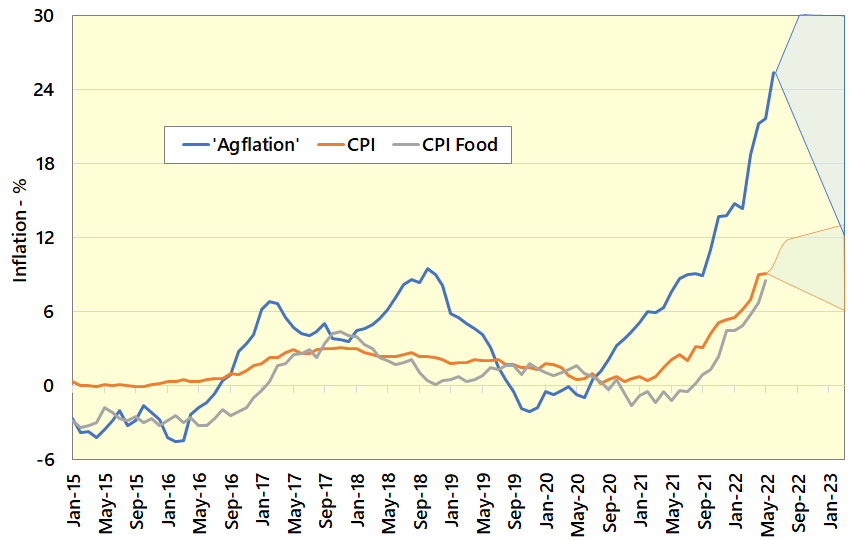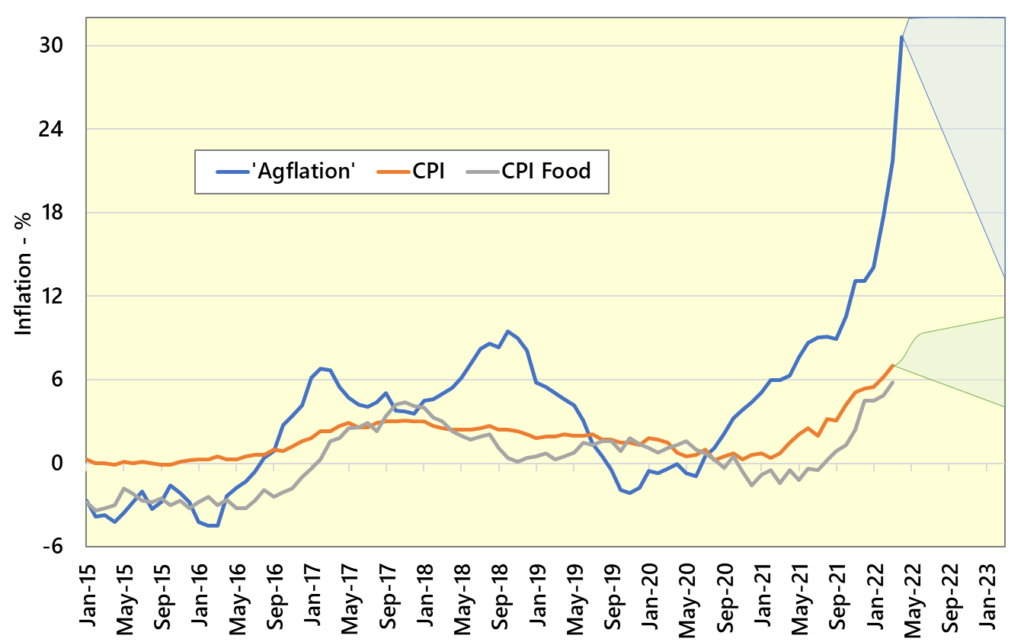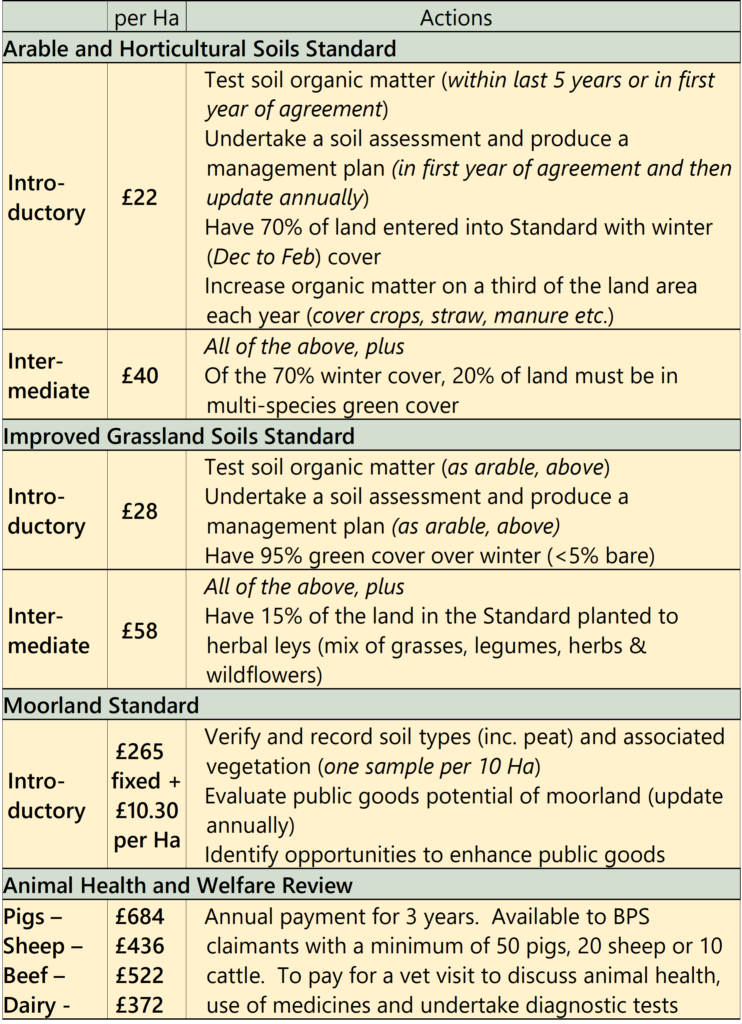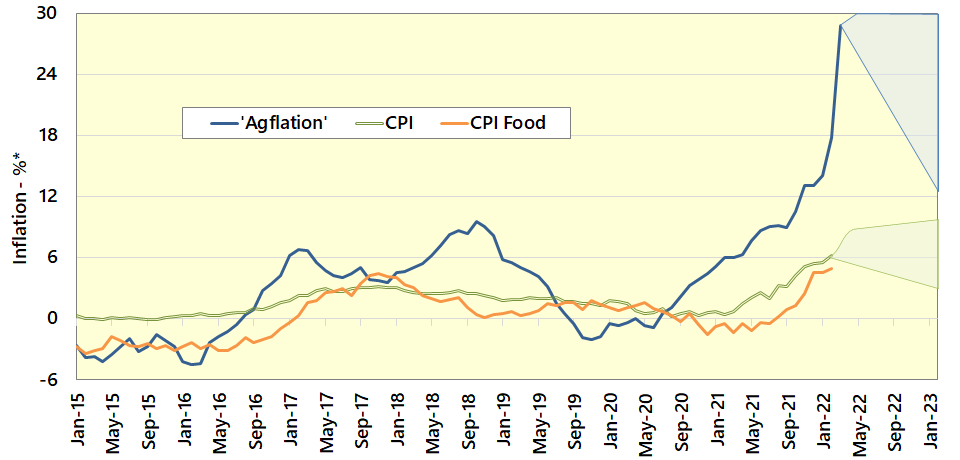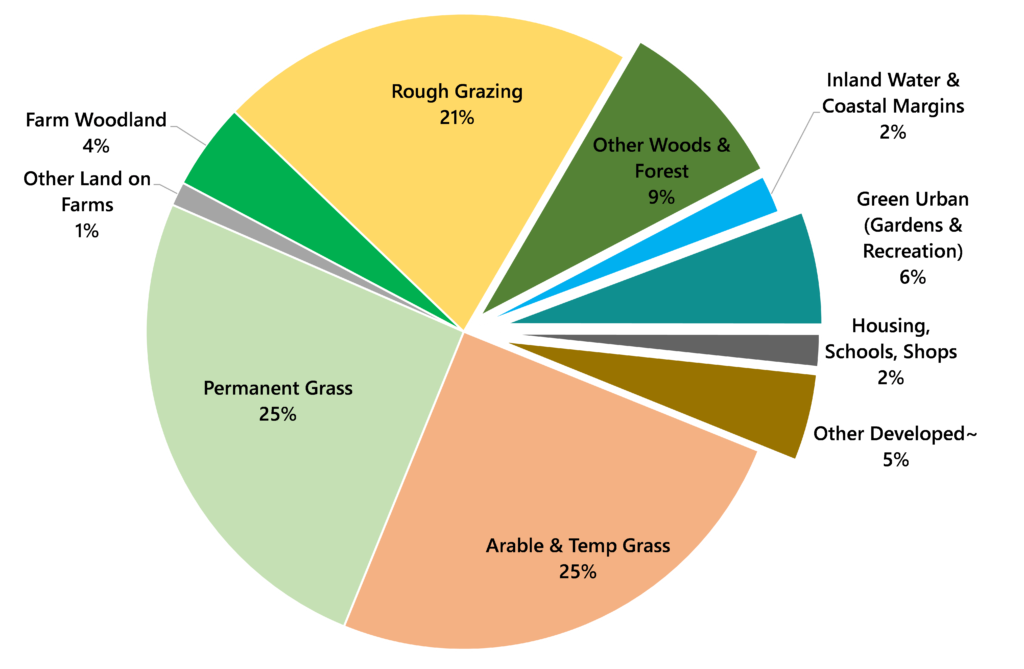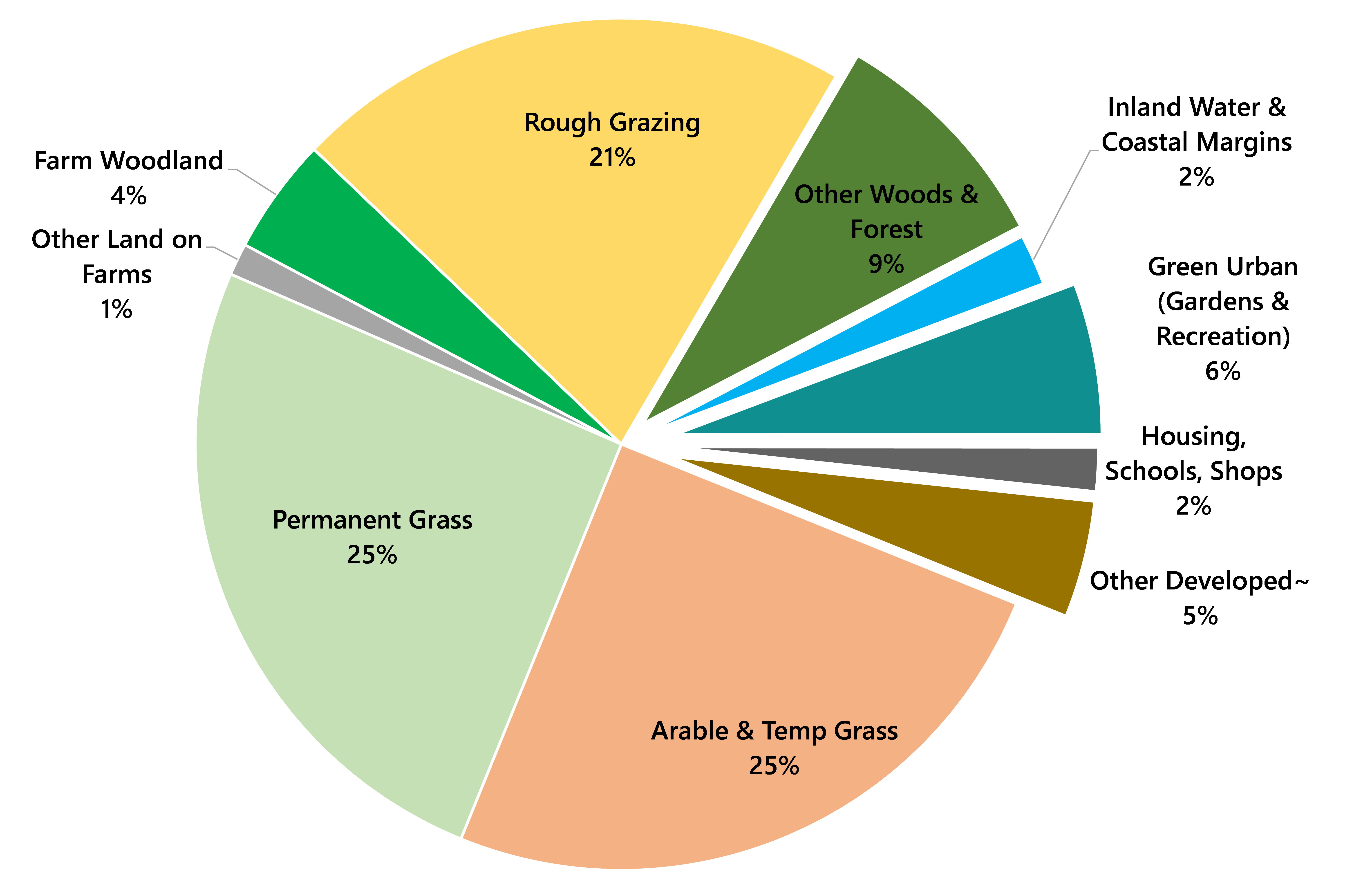ABP has recently announced a £1.5 million investment in a unique sustainability programme which will support 350 of its farmer suppliers, and share wider learnings across the UK beef and sheep sectors. The Andersons Centre (Andersons) is delighted to be supporting ABP in conducting the on-farm assessments which will encompass both greenhouse gas emissions and other sustainability benchmarking.
This new programme, called PRISM 2030, will provide farmers with a support framework initially over 2-3 years. The aim of the programme is to help participants to improve their carbon footprint and sustainability across the entirety of the farm. The detailed programme will include assessment of carbon footprint, soil health, water use and support biodiversity creation and resource efficiency.
In addition to Andersons’ input, Harper Adams University will also provide support to ensure that farmers have direct and ongoing access to, and feedback from, the very latest environmental innovations and methodologies. ABP will also be making a sustainability grant available to farmers. There will also be peer-to-peer learning and expert advice on how environmental and productive performance can be improved throughout the programme.
The carbon assessments will be undertaken using Agrecalc as it is widely recognised as one of the leading carbon calculators in the UK, particularly in the grazing livestock sector. Agrecalc has over 8,000 active users with more than 17,000 carbon assessments completed across the UK in recent years.
Michael Haverty, Partner and Senior Research Consultant, will lead the Andersons team and commented that “given the scale of the climate change challenge, it is crucial that improvements in terms of greenhouse gas emissions are made as soon as possible. The PRISM 2030 programme addresses this challenge head-on by giving a robust baseline on emissions and, importantly, is focused on identifying and implementing actions which can improve both environmental emissions and productive performance.”
Dean Holroyd, Group Technical and Sustainability Director for ABP, stated that “British red meat production is amongst the most sustainable in the world, but we can and must do more because as an industry, we are well placed to be part of the climate solution.”
“So, we want to build on this position of strength, and while PRISM will mean direct support for those in our supply base who qualify for the programme, all of the outcomes will be made available to the wider industry.
In this way, it’s our hope that this initiative will play a part in helping beef and sheep farmers across the country become the global leaders in sustainable meat production – with lower emissions, lower costs and improved productivity.”
Farmers interested in participating in the PRISM 2030 programme should firstly contact a member of the ABP Livestock Team for their region to avail of a complimentary carbon assessment as well as a suite of other benefits.
Notes:
No. of Words: 475
Author: Michael Haverty
Date: 24th November 2022
This news release has been sent from The Andersons Centre, 3rd Floor, The Tower, Pera Office Park, Melton Mowbray, Leicestershire LE13 0PB.
